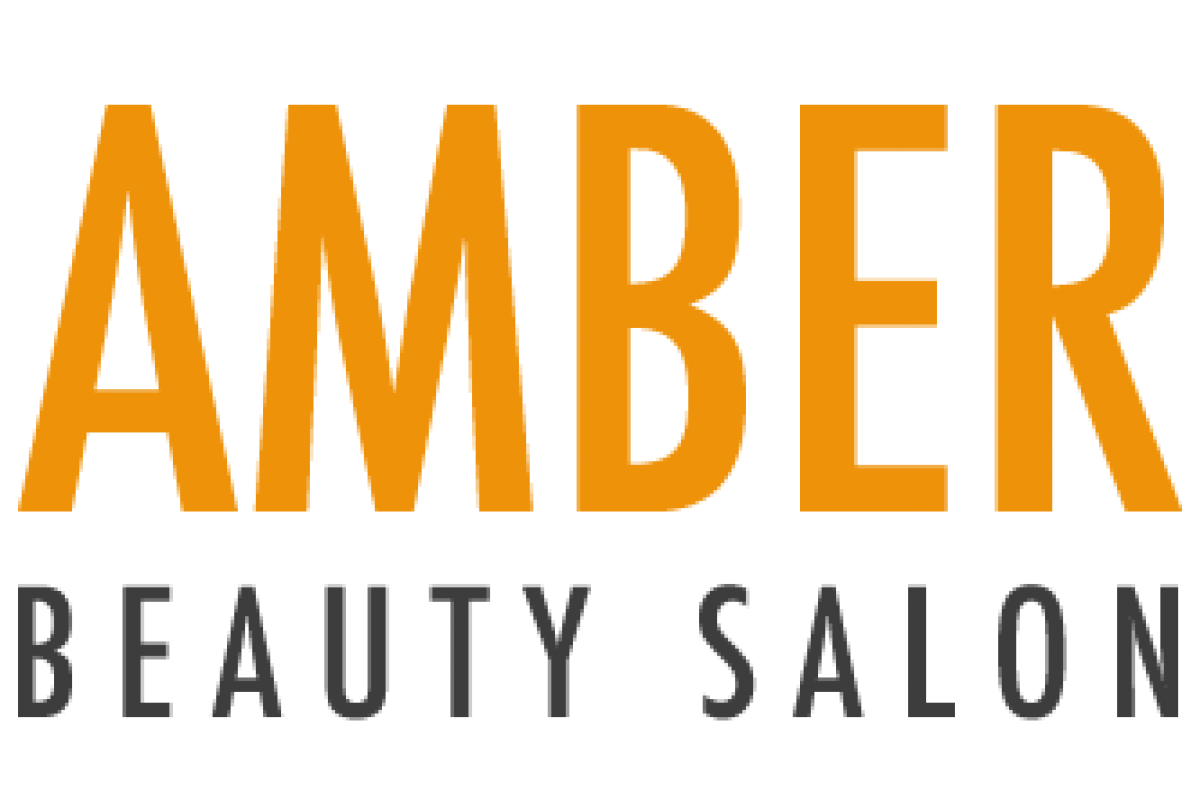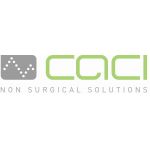
Reflexology is a holistic therapy that involves applying pressure to specific points on the feet, hands, ears, or face—each believed to correspond with different organs and systems in the body.
Here’s a detailed look at how it works and what it may offer:
How Reflexology Works:
- Mapping the body: Reflexologists use detailed maps of the feet, hands, and ears to locate reflex points that mirror the body’s internal structures.
- Energy flow (Qi): In traditional Chinese medicine, reflexology is thought to restore the flow of vital energy (qi) throughout the body, promoting balance and healing.
- Zone theory: The body is divided into ten vertical zones, each linked to specific fingers and toes. Stimulating these zones may affect corresponding organs.
- Nervous system stimulation: Reflexology may calm the central nervous system, similar to massage, helping reduce pain and stress.
Potential Benefits:
- Deep relaxation and stress reduction
- Improved circulation and lymphatic flow
- Enhanced immune function
- Pain relief (e.g., headaches, back pain)
- Support for hormonal balance and digestion
- Better sleep quality
- Emotional well-being and mood improvement
What to Expect in a Session:
- A reflexologist will typically work on your feet (or hands/ears) using thumb and finger techniques.
- Sessions are non-invasive and usually last 30–60 minutes.
- Many people report feeling deeply relaxed or even energized afterward.
Considerations:
- Reflexology is considered safe and can complement conventional medical care.
- It’s not a diagnostic tool or a cure, but rather a supportive therapy.
- Scientific evidence is still emerging, with mixed results on its efficacy for specific conditions.




